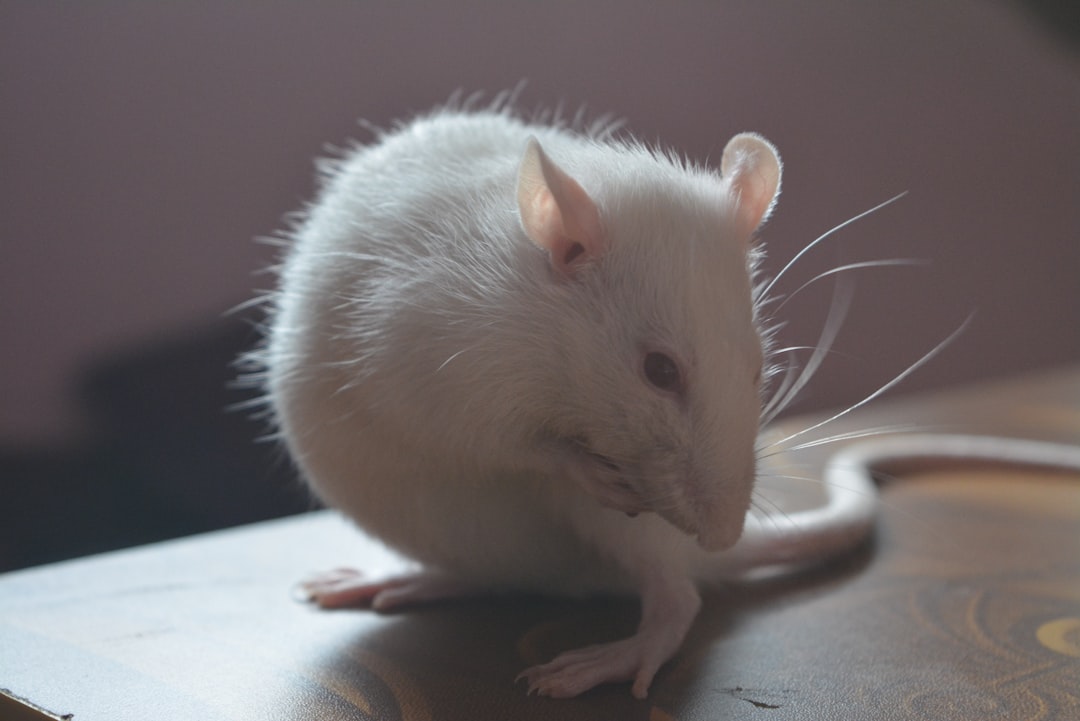What is it about?
The Adverse Outcome Pathway (AOP) framework provides a template that facilitates understanding of complex biological systems and the pathways of toxicity that result in adverse outcomes (AOs). The AOP starts with an molecular initiating event (MIE) in which a chemical interacts with a biological target(s), followed by a sequential series of KEs, which are cellular, anatomical, and/or functional changes in biological processes, that ultimately result in an AO manifest in individual organisms and populations. It has been developed as a tool for a knowledge-based safety assessment that relies on understanding mechanisms of toxicity, rather than simply observing its adverse outcome. A large number of cellular and molecular processes are known to be crucial to proper development and function of the central (CNS) and peripheral nervous systems (PNS). However, there are relatively few examples of well-documented pathways that include causally linked MIEs and KEs that result in adverse outcomes in the CNS or PNS. As a first step in applying the AOP framework to adverse health outcomes associated with exposure to exogenous neurotoxic substances, the EU Reference Laboratory for Alternatives to Animal Testing (EURL ECVAM) organized a workshop (March 2013, Ispra, Italy) to identify potential AOPs relevant to neurotoxic and developmental neurotoxic outcomes. Although the AOPs outlined during the workshop are not fully described, they could serve as a basis for further, more detailed AOP development and evaluation that could be useful to support human health risk assessment in a variety of ways.
Featured Image
Why is it important?
The main aim of the workshop was to identify a set of putative AOPs related to neurotoxicity and developmental neurotoxicity that could be further elaborated. The next step for development of these AOPs will be application of the modified Bradford Hill considerations following the full OECD Template and Guidance on Developing and Assessing the Completeness of Adverse Outcome Pathway (OECD 2013). This implies evaluation of biological plausibility, concordance of dose-response, temporal concordance, consistency, and specificity of association between MIE and AO in a quantitative manner (Meek et al. 2014). These issues were outside the scope of this workshop and are thus not included in the proposed AOPs. In the near future, the ultimate goal for the listed AOPs is their submission to the OECD AOP Development Programme.
Read the Original
This page is a summary of: Putative adverse outcome pathways relevant to neurotoxicity, Critical Reviews in Toxicology, January 2015, Taylor & Francis,
DOI: 10.3109/10408444.2014.981331.
You can read the full text:
Resources
Contributors
The following have contributed to this page










